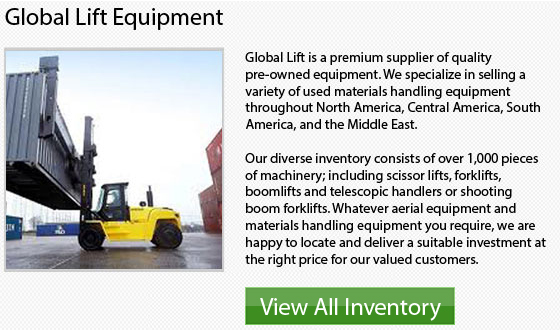
There are 7 various classes of lift trucks available on the market. Some classes, like I, II, III and IV are specially engineered and designed for use on smooth indoor surfaces. They may be chosen for specific factors of recycling that happen in those types of environments. For more rigorous outdoor recycling operations, Class V and VII lift trucks are typically utilized.
A lot of companies have a few or all of their applications outdoors and need to handle workloads considered extreme. Their lift truck selection would gravitate toward Internal Combustion equipment in Class VII and Class V. These models work really well in any type of weather and have enough power to run heavy items during the course of a shift.
Using a forklift safely is a different important factor to take into consideration. Knowing and acknowledging the center of gravity is really vital when driving a forklift, specifically while traveling on uneven terrain. Knowing the stability triangle in these difficult work conditions is imperative as well.
Often, warehouses could employ different kinds of reach trucks. Several manufacturing operations and the supply area for many textile firms also depend on different models. Utilizing a reach truck to stock finished goods on pallets, a range of supplies and other pieces of machines is common. These types of machines truly help to keep a facility organized and allow them to utilize the maximum amount of space by stacking vertically. Reach trucks are fairly easy to use. They could help make better use of both available storage area and time.
If you are going to be using your forklift machinery 4 to 8 hours a day, it is highly recommended to buy brand new. The warranty alone can come in handy with such continuous use. If, however, you are just unloading and loading on a bi-weekly basis or not really often, then a used unit could be suitable for your requirements. Each and every situation is different and you should evaluate your personal requirements before selecting the perfect machinery.